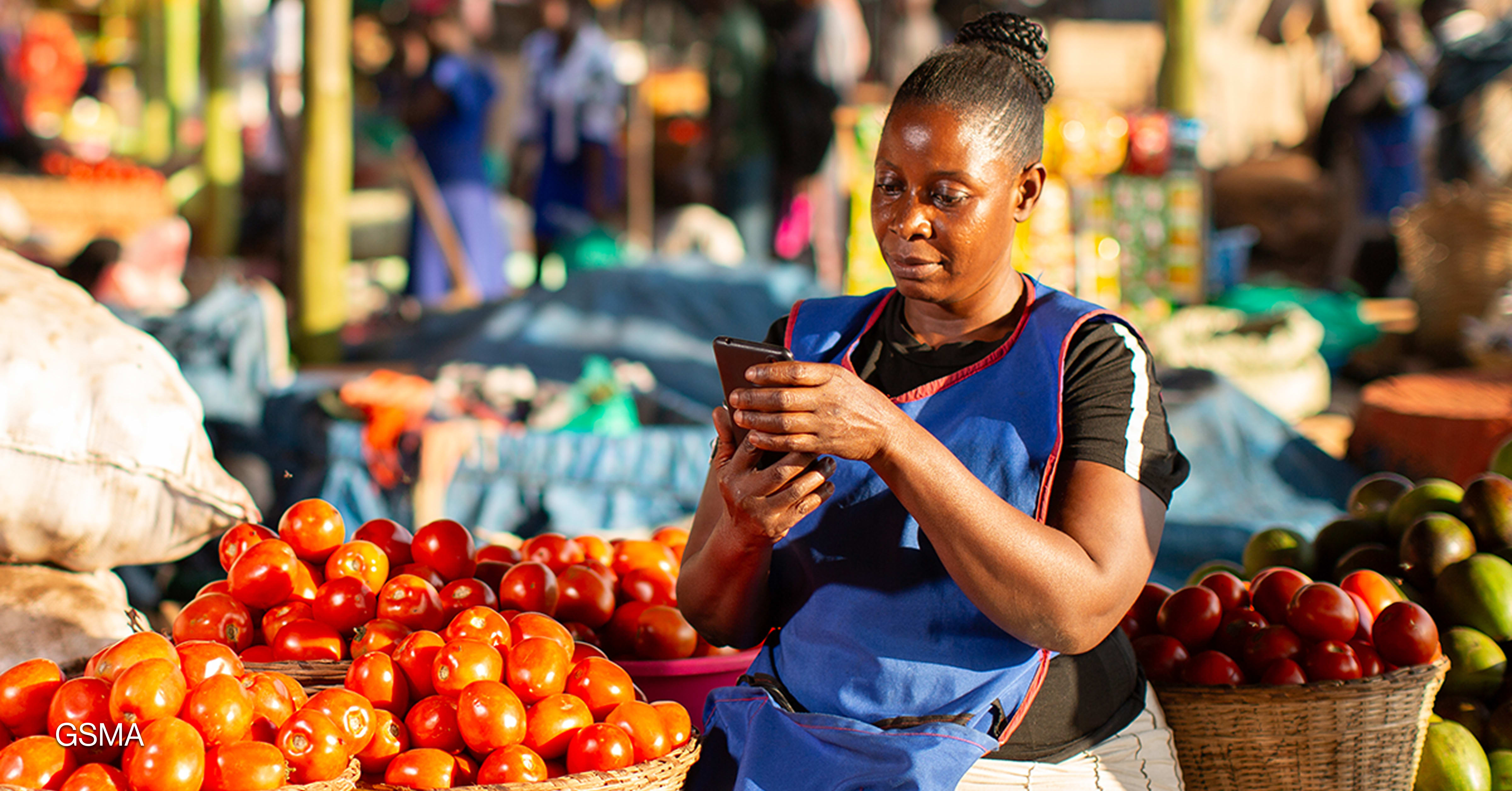
Disasters and environmental events are significantly driving up migration from Central America and the Caribbean, according to the “World Migration Report 2022.”
The report, released every two years by the International Organization for Migration, examines global trends in migration across regions and thematic areas. Released Wednesday, the most recent version examines migration trends in 2020 and 2021.
Disasters are driving displacement in Latin America, with Honduras reporting the largest number of people displaced domestically due to natural disaster, at 937,000 in 2020. Cuba had 639,000, while Brazil had 358,000 and Guatemala had 339,000.
Tropical storms and hurricanes are causing the most disruption, with 1.7 million people being displaced by Hurricanes Eta and Iota, which hit Central America in November 2020. Additional environmental shocks in the Latin American region include floods, mudslides, landslides, and drought, which can all force people from their homes.
“Some countries have already developed national policies and frameworks that seek to address the challenges linked to the adverse impacts of climate change on migration, even if such efforts remain relatively limited,” the report said. “One major difficulty in developing policies on climate and migration is the complex nature of the issues involved. Migration in the context of adverse climate impacts is mostly multicausal, as the decision to migrate is often shaped by a combination of different factors, including climate drivers.”
Migration in South America is also affected by both rapid- and slow-onset disasters, the report found. Violence and conflict is a significant driver of displacement on the continent, with more than 100,000 additional Colombians displaced by these in 2020. The largest population of migrants in Latin America are from Venezuela, which has seen 5.6 million people migrate since 2015. As of July 2021, Colombia hosted the most of these Venezuelans, with 1.7 million.
“Regularization will have lasting positive impacts, as it fosters social inclusion and economic contributions via labour market integration and access to health care, housing, education and other necessary protections,” the report said of Venezuelan migrants. “Since many countries have never experienced migrant inflows at this scale, issuing visas and granting asylum has been challenging.”
The COVID-19 pandemic greatly affected mobility in the region, with quarantine mandates remaining in place long after other regions of the world had lifted theirs starting in mid-2020. The pandemic exacerbated existing vulnerabilities among migrants, the report found, as many either postponed their journeys or were stuck in transit due to mobility restrictions. The use of smugglers to facilitate migration from Central America continued, while asylum processes and resettlement programs remained disrupted.
In South America, some migrants returned to their countries of origin after quarantine restrictions jeopardized job opportunities and made it impossible to meet basic needs. Because many returns were taking place on foot, migrants were often stranded at borders and left in temporary living arrangements with poor sanitary conditions, the report said.
Globally, international migrants totaled 281 million in 2020, representing 3.6% of the world’s population. The number has nearly doubled in 30 years, from 153 million in 1990. The vast majority of people continue to live in the country in which they were born.
While COVID-19 dramatically changed international migration, amid border closures and travel restrictions, the exact impact globally remains difficult to assess because the latest data available is from mid-2020 — an early point in the pandemic. Estimates suggest the COVID-19 crisis reduced migration by about 2 million people from the figure that would otherwise be expected.
“There was a sense of disbelief in terms of the scale that has eventuated with COVID and the impacts of mobility restrictions,” said Marie McAuliffe, head of the migration research division at IOM, during a press briefing on the report’s findings. “Of course, first and foremost, it is a global health crisis. There’s no denying that. But the impacts, in terms of both domestic mobility ... and international mobility, they still shock me.”
Food insecurity is linked to Northern Triangle migration, report finds
A new report from the World Food Programme and the Organization of American States says that among people in El Salvador, Honduras, and Guatemala, those without enough to eat have a higher intention to migrate.
Europe is the largest region of destination, with 30.9% of international migrants, or 87 million people, living there in 2020. Meanwhile, 86 million were living in Asia, while 59 million lived in Northern America and 25 million in Africa. While only 15 million international migrants lived in Latin America and the Caribbean, that number has more than doubled since 2005, making it the region with the highest growth rate.
The U.S. is the No. 1 destination country, with 51 million international migrants, while Germany is second with 16 million. Saudi Arabia is third at 13 million. India is the No. 1 country of origin with 18 million of its citizens living abroad, while Mexico is second with 11 million.
At 78%, the majority of migrants are of working age — or between 15 and 64 years old. The gap between male and female migrants has increased over the past 20 years, with males accounting for 51.9% of the migrant population and females representing 48% in 2020. In 2000, 50.6% of migrants were male while 49.4% were female.
McAuliffe said IOM would be conducting future research to learn more about the growing differences in migration patterns between the genders.








